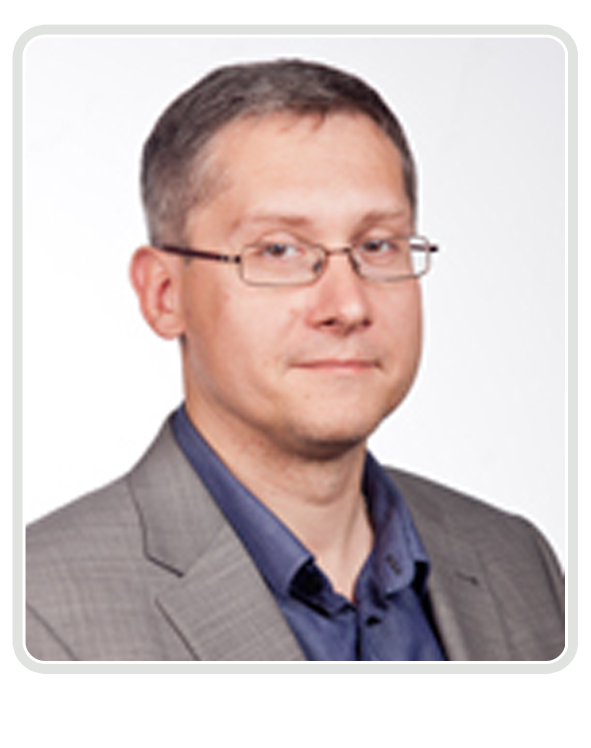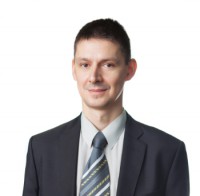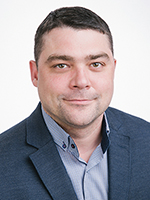SAU «School of Computer Technologies and Controls»
 |
Head of SAU
Director of School of Computer Technologies and Controls |
SAU СT & C IS FOCUSED ON THE FOLLOWING TASKS
The purpose of SAU is to promote ITMO University towards one of the leading universities in the field of smart control of cyber-physical systems (Cyber-Physical Systems, CPS) and lay the foundation for training of elite engineers in design and manufacturing of CPS.
International-level tasks
- reliable CPS control under computation and communication constraints;
- high-precision navigation software and hardware for CPS;
- software design technologies for CPS;
- self-organization and interoperability in CPS;
- information security in CPS networked control systems.
National-level tasks
- training of elite CPS design and control engineers for Russian industry.
- the development and implementation of competitive technologies for design and control of intelligent robotic cells including computer vision and automated quality-control equipment; extreme-condition navigation systems; high-precision mechatronics and digitally controlled electric drives in cooperation with leading industrial partners (Russian Federal Space Agency, CJSC “Diakont”, Concern “Scientific-Production Association “Aurora”, JSC “United Energy Company”, JSC “Lenenergo”, JSC “Svetlana”, JSC “LOMO”, PJSC “Techpribor”, JSC Concern VKO “Almaz-Antey”, Rocket and Space Corporation “Energia” after S.P. Korolev, Concern “Granit-Electron”)
Structure of School of Computer Technologies and Controls
Faculty of Control Systems and Industrial Robotics

Dean
ScD, Associate Professor
Anton Pyrkin
Phone:+7 (812) 595-41-28
Email: pyrkin@corp.ifmo.ru
Faculty of Software Engineering and Computer Systems

PhD, Associate Professor
Pavel Kustarev
Phone:+7 (812) 232-03-16
Email: pikt@corp.ifmo.ru , kustarev@corp.ifmo.ru
Faculty of Secure Information Technologies

Dean
PhD, Associate Professor
Danil Zakoldaev
Phone: +7 (812) 232-86-02
Email: d.zakoldaev@corp.ifmo.ru
Website: http://cit.ifmo.ru/
Research and Education Units
- Adaptive and Nonlinear Control Systems Lab
- International Laboratory of Information Security of Cyber-physical Systems
Research Areas of School of Computer Technologies and Controls
By 2018, SAU “School of Computer Technologies and Control” will become the national center of excellence in the field of smart control of cyber-physical systems, aimed at overcoming technological barriers. These barriers include, but not limited to:
- reliability of CPS control under computation and communication constraints
- high-precision navigation software and hardware for CPS;
- efficient software design technologies for CPS;Barriers
- self-organization and interoperability in CPS;
- information security in CPS networked control systems.
We are planning to advance research activity in the following areas within the SAU framework:
|
The work in all of the above-mentioned areas is reflected in the educational process of the SAU.
Top Majors of School of Computer Technologies and Controls
- Computer Science and Computational Technologies
- Information Systems and Technologies
- Software Engineering
- Information Security
- Design and Technology of Electronic Devices
- Power Industry and Electrical Engineering
- Mechatronics and Robotics
- Control of Technical Systems
- Traffic Management and Navigation Systems
- Systems Analysis and Control
- Computers, Complexes, Systems and Networks
- Organization and Technology of Information Security
- Complex Protection of Informatization Objects
- Electric Drive and Automation of Industrial Units and Technological Complexes
- Design and Technology of Electronic Computing Equipment
- Control and Computer Science in Technical Systems
- Automation and Control
- Electrical Engineering, Electromechanical and Electrical Technologies
SAU OF SCHOOL OF COMPUTER TECHNOLOGIES AND CONTROLS INTERNATIONAL MASTER’S DEGREE PROGRAMS
- Computer System Information Security
- Robotics
- Control of Cyber-Physical Systems
-
Digital Control Systems
